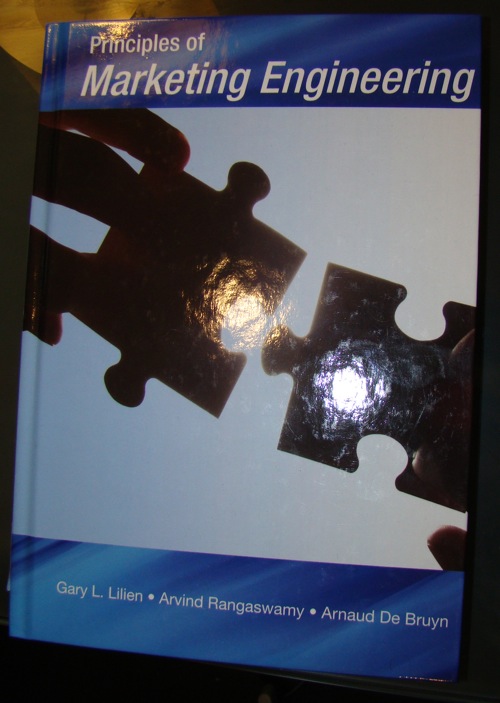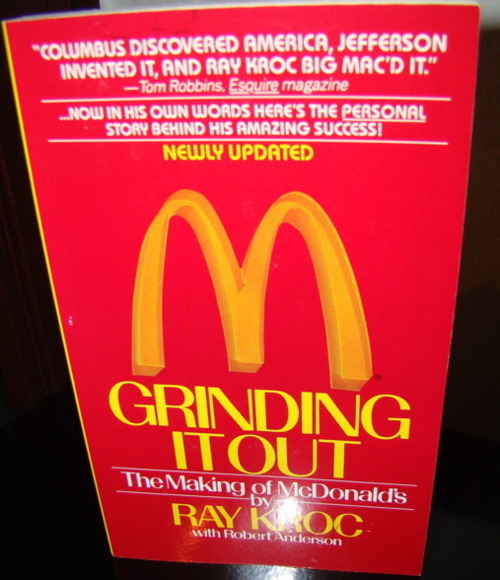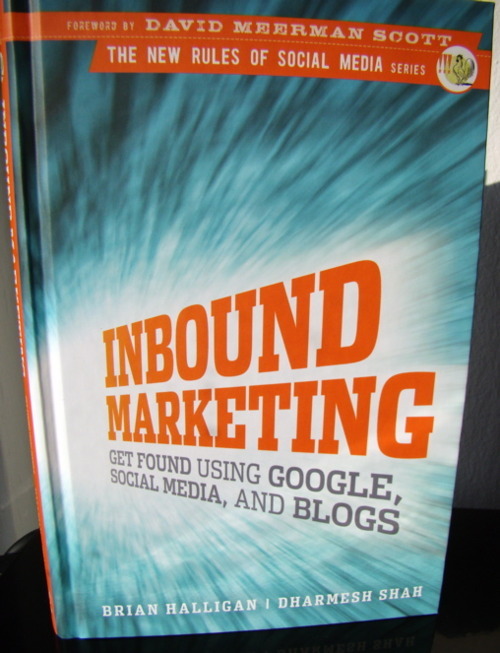Marketing Engineering: A systematic approach to harness data and knowledge to drive effective marketing decision making and implementation through a technology-enabled and model-supported decision process.
Market response models
- Inputs: actions that the marketer can control + environment
- Response model
- Objectives: monitor/measure, etc.
Value = Benefits – Price
- Benefits
- function (does the job)
- psychological (status)
- economic (saves money)
- Price
- Monetary
- Perceived risk
- Inconvenience
Customer Need
- subject and importance of need
- temporal aspects of need (urgency, frequency and duration)
Measuring Customer Value
- Objective Customer Value
- Internal engineering assessment (internal estimate)
- Indirect survey questions (pay for better quality, etc.)
- Field value-in-use assessment (economic benefit): Not only marginal costs but initial investment, etc.
- Perceptual Customer Value
- Focus groups
- Direct survey
- Importance ratings
- Conjoint analysis
- Benchmarking
- Behavioral Customer Value
- Choice Models
- Statistical models / Data mining
Segmentation -> Targeting -> Positioning
- Creating
- how does the segmentation fit into the strategy
- which variables can be used
- exclusive segments?
- how many segments?
- Traditional segmentation
- reduce data (PCA)
- develop measure of association
- identify and remove outliers
- form segments (cluster analysis): are they clear and robust?
- profile segments & interpret
Positioning
- Attribute-based perceptual maps
- identify other products & attributes
- get data from questionnaires
- reduce
- plot
- Preference Maps
- weights for attributes
- Joint-Space Maps
Translating Preference to Choice
- first choice rule: infrequent, expensive
- Share of preference rule: often, cheap, etc.
For [target segment], the [offering] is [positioning claim], because [single most important support].
Forecasting
- Judgmental Methods
- Sales force composite estimates: let the sales force forecast
- Jury of executive opinion: different stakeholders
- Delphi method: anonymous and iterative
- Chain ratio method: split up in its factors
Conjoint study
- select attributes of product
- develop bundles
- do survey
- segment customers based o part-worth function
- design market simulation
- select choice rule
- adj market shares
Top 10 Lessons
- Marking Engineering is Marketing
- ME is a means to an end
- frames the opportunity costs for alt. actions
- requires judgment
- whole greater than the sum of its parts
- data & info do not automatically result in value
- rapid prototyping
- every model has its downside
- ME requires lifelong learning
- be a coach rather than a teacher
Insights for better Implementation
- Be opportunistic
- Start Simple; Keep it Simple
- Work backward
- score inexpensive victories
- develop a program, not just a project
I really liked Principles of Marketing Engineering. The book gives a great overview over the topic and different approaches. It’s written like a textbook, so it can be a bit lengthy in parts but otherwise, a nice book.





